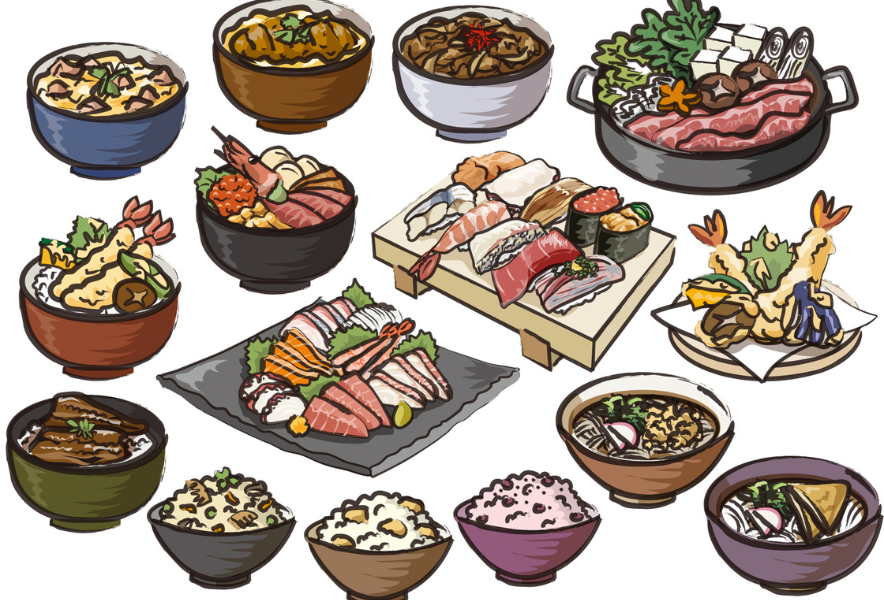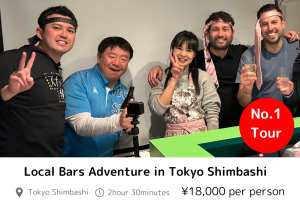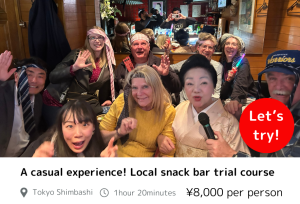Japanese cuisine, or “washoku,” is a culinary tradition deeply rooted in history, culture, and the principles of balance and harmony. One of the essential concepts in washoku is the “five methods” of cooking. These methods ensure that a variety of flavors, textures, and nutritional benefits are achieved in every meal. Let’s dive into the fascinating world of these five techniques!
Contents
What Are the Five Methods? 🥢
The five methods of Japanese cooking, known as “goho,” include:
- Raw (Namamono)
- Grilling (Yakimono)
- Boiling (Nimono)
- Steaming (Mushimono)
- Frying (Agemono)
Each technique offers a unique approach to preparing ingredients, bringing out different aspects of flavor and nutrition.
Raw (Namamono) 🐟
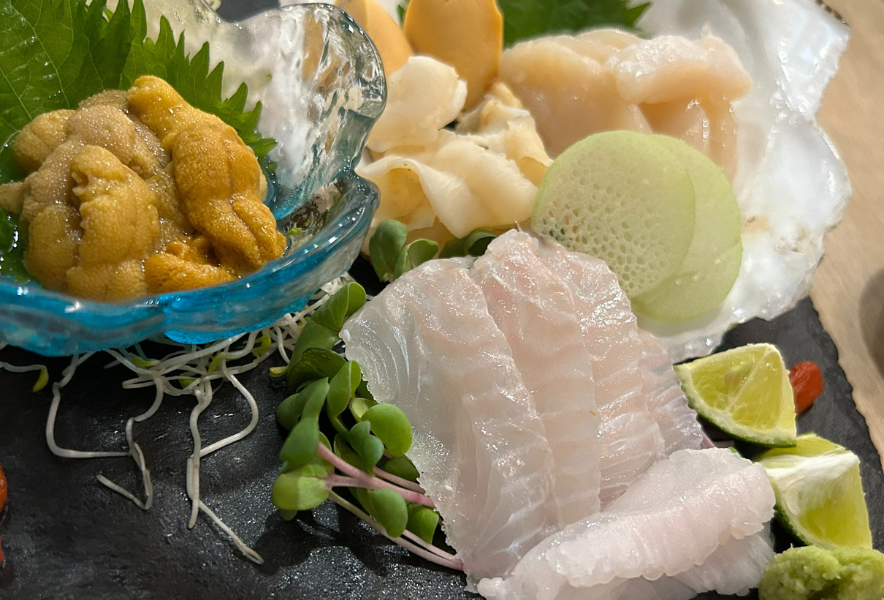
Raw dishes are a cornerstone of Japanese cuisine, with sashimi and sushi being the most famous examples. These dishes highlight the natural flavors of fresh ingredients, often seafood, and emphasize the importance of freshness and quality.
- Example: Sashimi—Thinly sliced raw fish or seafood, served with soy sauce and wasabi. The delicate taste and texture are enhanced by the simplicity of the preparation.
Grilling (Yakimono) 🔥
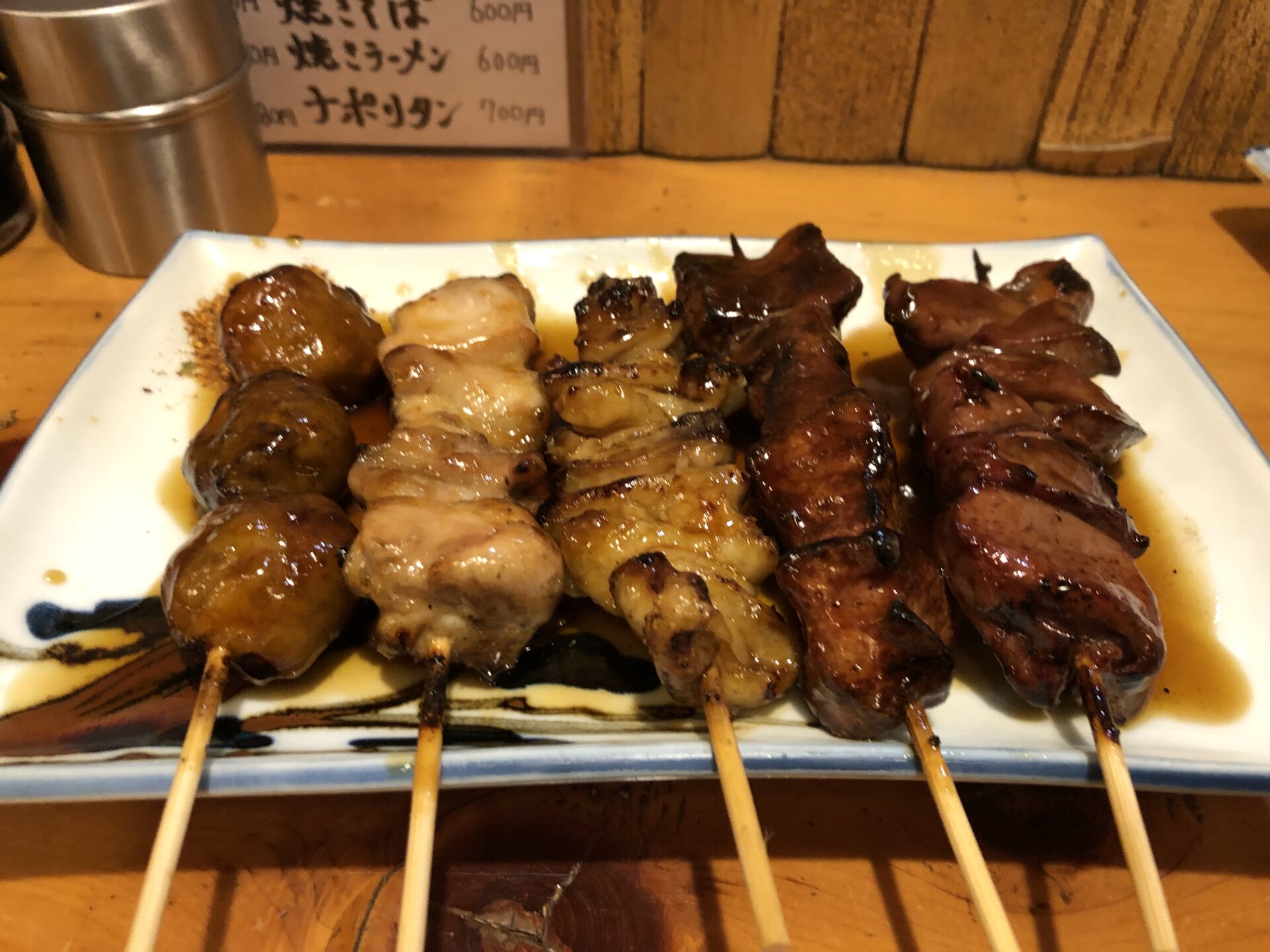
Grilling is a popular method that adds a smoky flavor and a crispy texture to food. It can be done over an open flame, on a grill, or in a specialized fish broiler.
- Example: Yakitori—Skewered and grilled chicken, often seasoned with tare (a sweet soy-based sauce) or simply with salt. It’s a favorite dish at Japanese izakayas (pubs).
Boiling (Nimono) 🍲
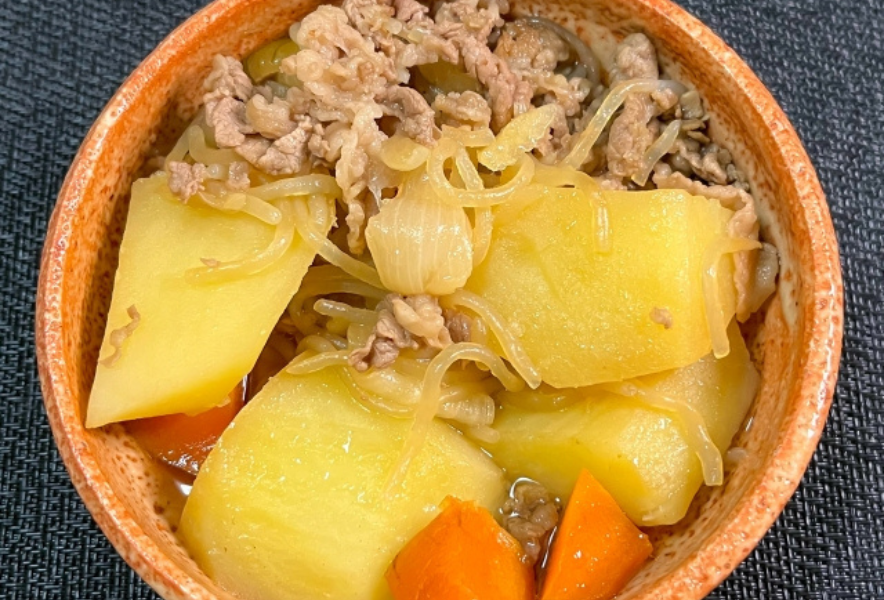
Boiling involves cooking ingredients in a seasoned broth, which allows flavors to meld and deepen. This method is often used for creating comforting and nutritious dishes.
- Example: Nikujaga—A hearty stew of beef, potatoes, and onions simmered in a sweet soy-based broth. It’s a classic home-cooked dish in Japan.
Steaming (Mushimono) 🌿
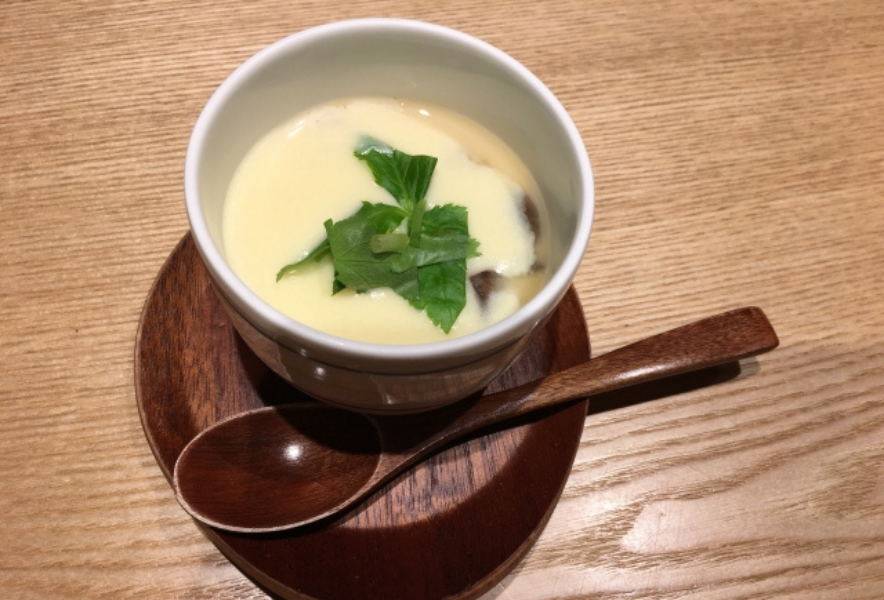
Steaming preserves the natural flavors and nutrients of ingredients while producing a tender texture. It’s a gentle cooking method that’s often used for delicate foods.
- Example: Chawanmushi—A savory egg custard dish that includes ingredients like shrimp, chicken, and mushrooms. It’s steamed to perfection and enjoyed as a warm, comforting dish.
Frying (Agemono) 🍤
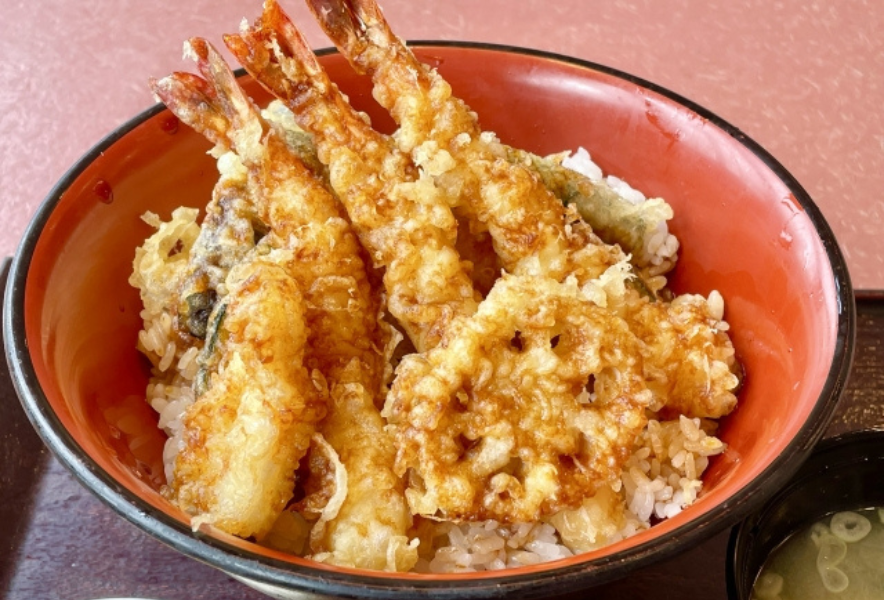
Frying adds a delightful crunch and rich flavor to foods. In Japanese cuisine, both deep-frying and pan-frying techniques are used to create a variety of dishes.
- Example: Tempura—Battered and deep-fried seafood or vegetables. The light and crispy batter is key to this dish’s appeal, making it a beloved choice for many.
The Harmony of the Five Methods 🎌
The beauty of the five methods lies in their ability to complement each other. A traditional Japanese meal often includes dishes prepared using different techniques, providing a well-rounded and satisfying dining experience. This approach ensures that meals are not only delicious but also nutritionally balanced and visually appealing.
Why It Matters
Understanding the five methods of Japanese cooking offers insight into the care and thoughtfulness behind washoku. Each technique is a testament to the Japanese philosophy of respect for ingredients and the natural flavors they bring. This meticulous attention to detail is what makes Japanese cuisine so unique and cherished around the world.
Bringing It All Together 🥢
Whether you’re enjoying a simple bowl of miso soup or a full kaiseki meal, the five methods of Japanese cooking are at play, ensuring a diverse and enriching culinary experience. So next time you savor your favorite Japanese dish, remember the rich traditions and techniques that make it possible. Enjoy your culinary journey through the world of washoku!
Discovering and appreciating the intricacies of Japanese cuisine can deepen your love for food and culture. Happy eating! 🍣
Let’s go to Izakaya and a Japanese Snack-bar with a fun guide!!
You can enjoy many kinds of food at Izakaya and drinking culture Snack Bars, beloved by many but you can’t enter without a guide. You can enjoy communication with the owner and other customers, as well as singing karaoke, allowing for a relaxing time.
Most snack bars have a policy of refusing entry to foreigners. However, with a tour, you’ll have a guide, so you can enter with peace of mind.
When visiting Japan, don’t just check off the tourist spots –
dive into local experiences for an unforgettable journey!
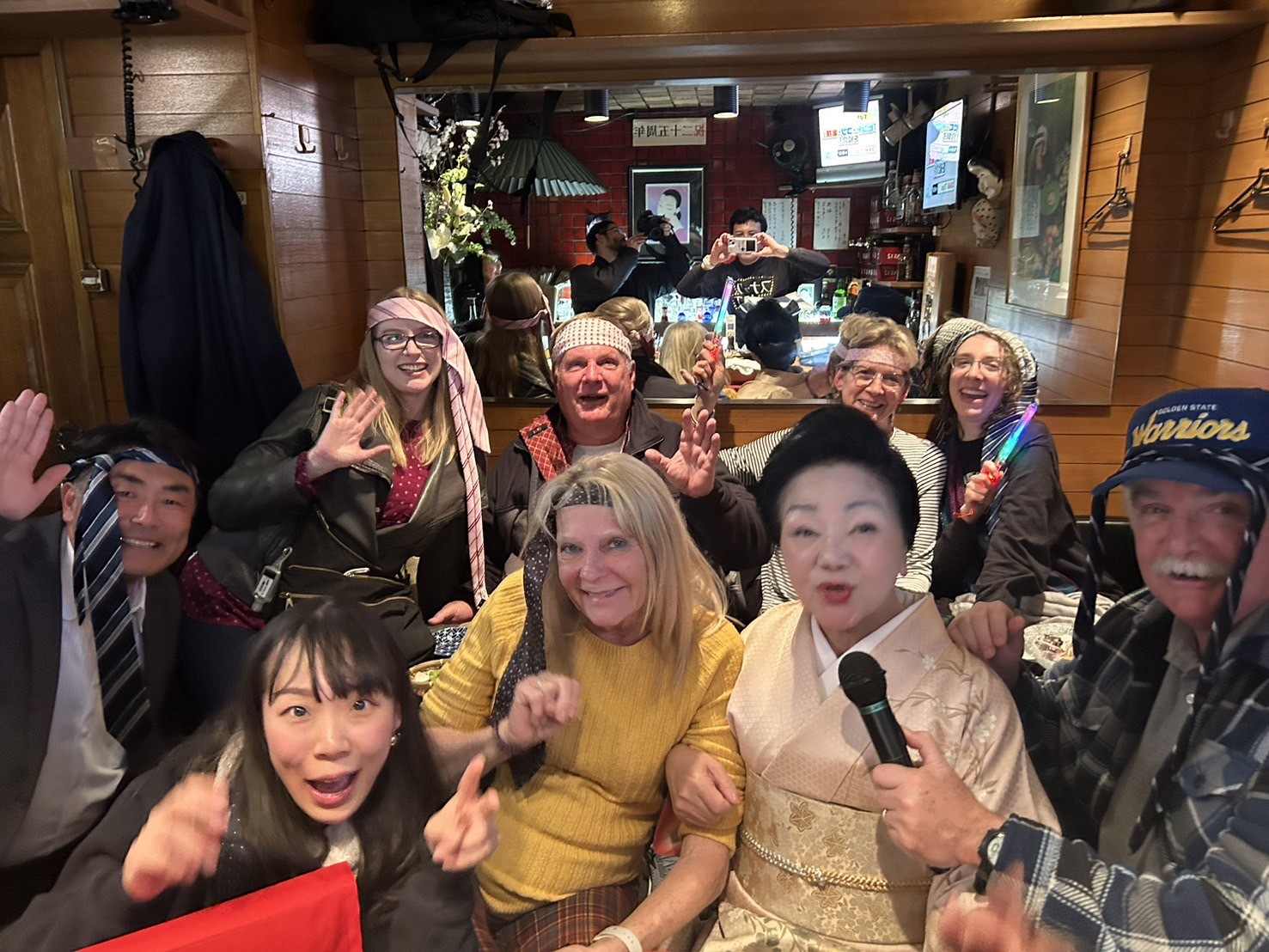
Once you experience it, you’ll be captivated too! The charm of snack bars.

New encounters with people! The camaraderie of singing at a snack bar! Conversations with the mama-san!

